March 19th, 2021. Porsche Press Conference Leaves me on Cloud Nine
After attending the Porsche 2021 Annual Press Conference, in a blink of an eye, I found myself in a career highlight moment.
As a result of the question I raised, I was invited to interview Dr. Michael Steiner, member of the Porsche Global Board of Directors responsible for research and development.
Perhaps it was due to my obsession with “Double Wishbone Supremacy” – my extreme love for double wishbones and dislike for MacPherson struts – that I received this rare opportunity. As the saying goes, persistence pays off.
Before starting the interview, let’s briefly explain why, in terms of performance, double wishbones are superior to MacPherson struts.
-
The damper itself needs to bear the lateral force when turning. With one less upper arm, the MacPherson strut can only rely on the body to resist lateral force, which affects the smoothness of the damper’s movement.
-
The dynamic compensation performance of the suspension is poor. Due to a small negative camber gain, the contact surface cannot be optimized like double wishbones, resulting in a lower limit.
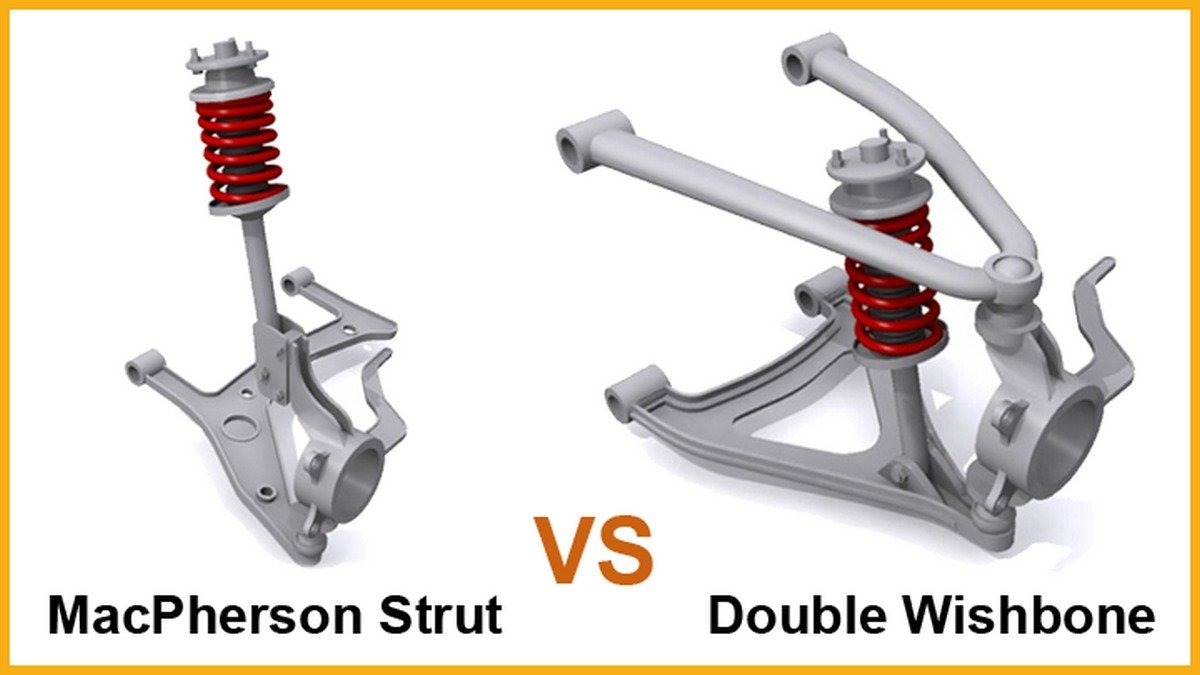
Because the 992 GT3 is the first and only mass-produced 911 model to adopt a double wishbone front suspension in its 50-plus-year history, this is indeed a breakthrough for Porsche’s consistent product definition. I was particularly curious about whether this change was because Porsche began to take “the MacPherson strut ruling the world” seriously, and the person who answered my question was Dr. Michael Steiner of Porsche’s global board of directors responsible for research and development among the seven members.
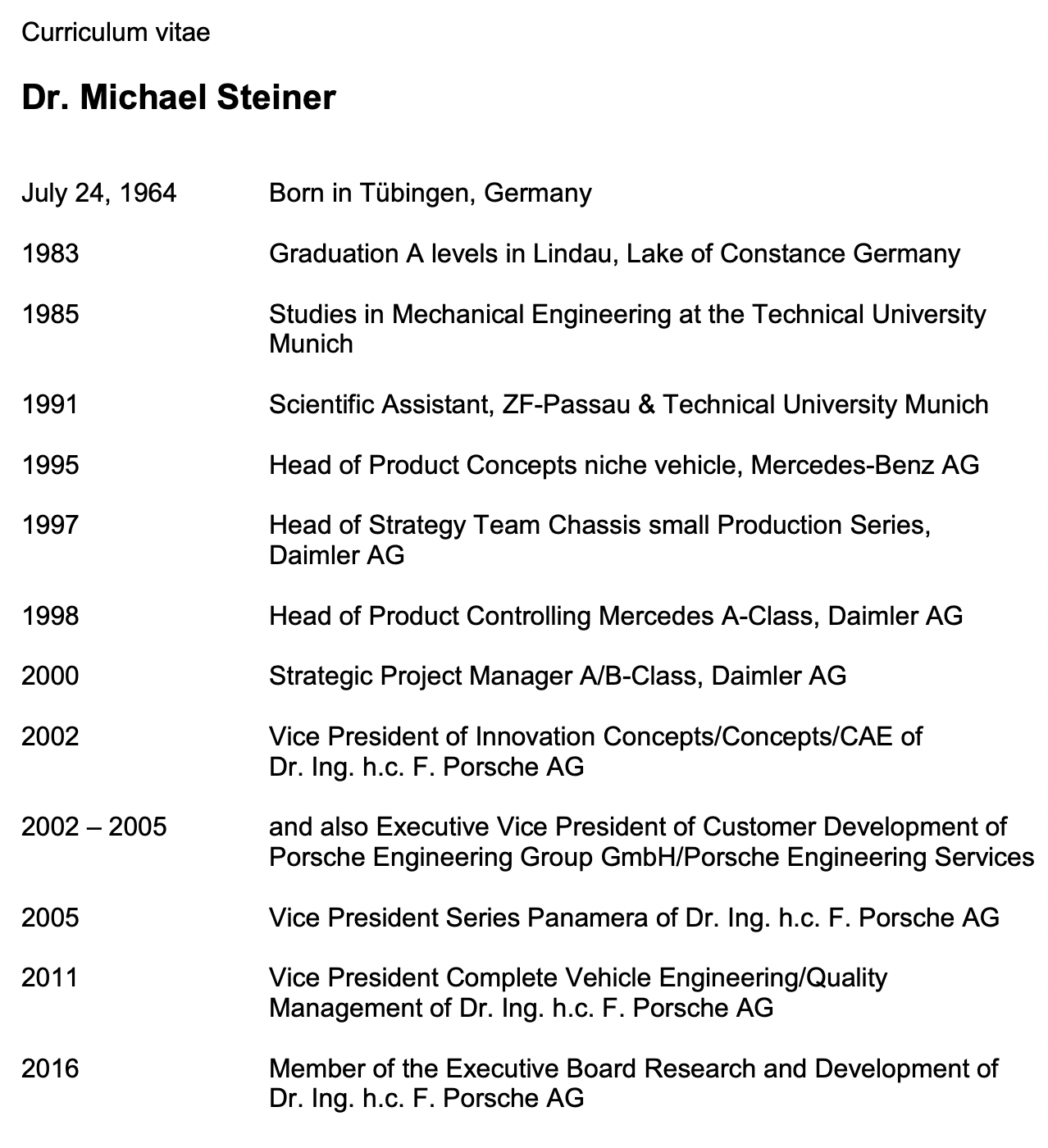
Out of a professional attitude (in fact, due to ignorance of Porsche’s personnel composition), I briefly studied Dr. Steiner’s resume. When he left academia, he was only 31 years old and started his first job responsible for small-scale product concept at Mercedes-Benz. Later, he played a crucial role in the first front-wheel-drive model of Mercedes-Benz’s A-Class project (yes, that’s the first-generation A-Class with a sandwich concept engine layout). After joining Porsche in 2002, he utilized his experience in “small and beautiful” projects and combined it with his understanding of cutting-edge technology, step by step climbing to the pinnacle of Porsche’s brand development board of directors.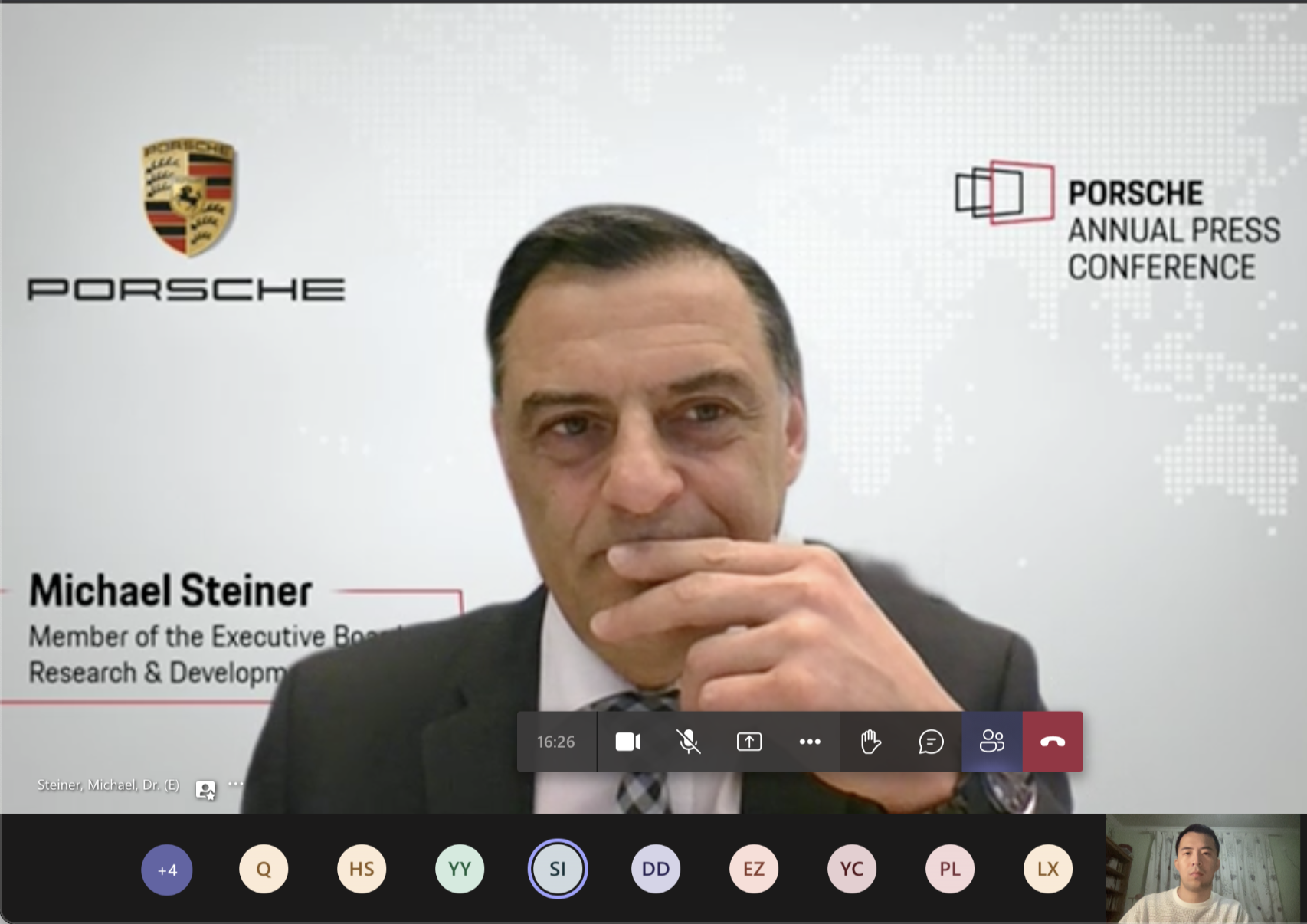
The group interview arrived as scheduled, and Michael started the conversation with his thick but appropriately paced English. Soon, I seized the opportunity to ask a question that directly touched upon the core definition of the product. To avoid having the interpreter intentionally or unintentionally filter out the content of both sides, the following content was conducted in English during the interview.
Besides the 992 GT3, does Porsche have plans to equip other 911 or 718 models with double-wishbone front suspension?
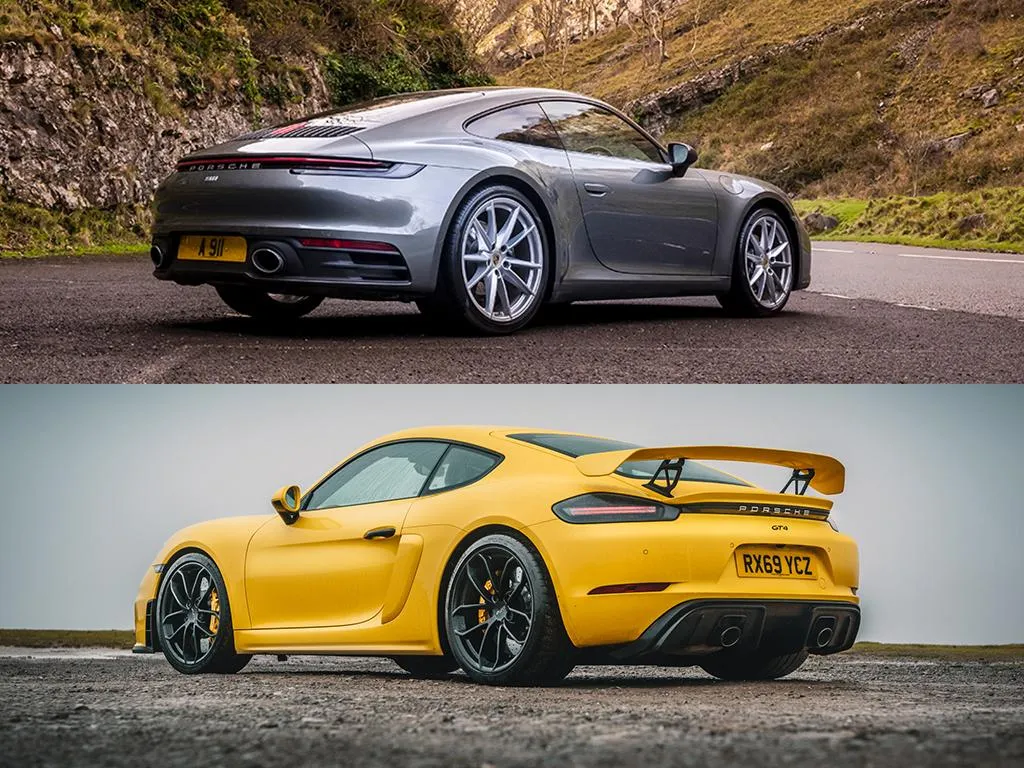
Dr. Steiner first affirmed the excellent performance of the double-wishbone suspension on the 992 GT3, and pointed out that the car has a very strong grip, and the double-wishbone suspension on the front axle can be felt on the road.
But this decision (to abandon the McPherson suspension and switch to double-wishbone) was a very difficult decision.
Is it because of the lack of front trunk space?
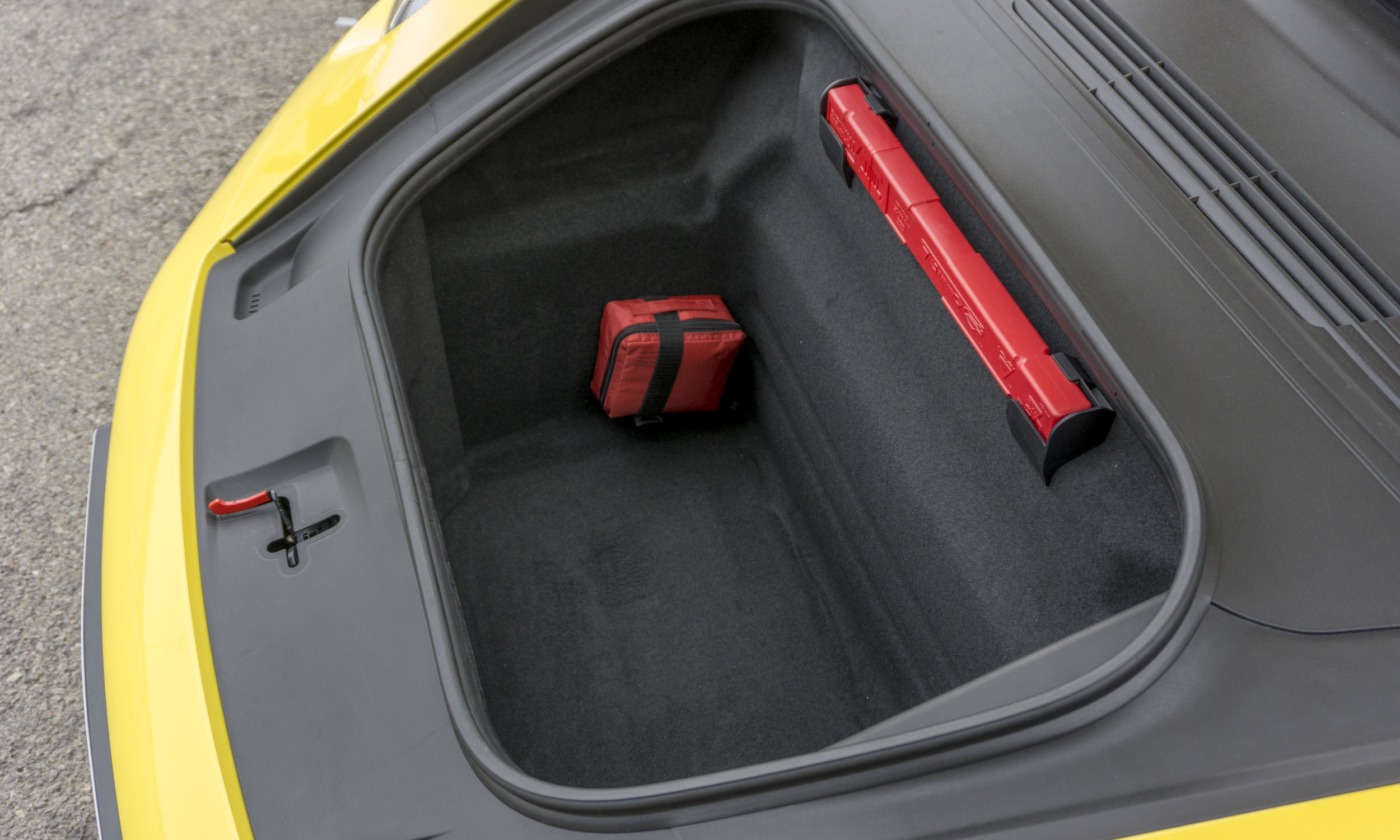
Dr. Steiner stated that challenges came with the layout of the front trunk space and cooling system. The 992 GT3 is an extremely extreme product. However, from the perspective of presenting the overall product, we still firmly believe that the McPherson suspension on models such as the 911 Turbo is a more perfect solution.
It (McPherson) has achieved better balance in all aspects, but it does not mean that we cannot continue to improve it.
So, does the new generation GT3’s adoption of double-wishbone mean that it indirectly admits the limits of McPherson?
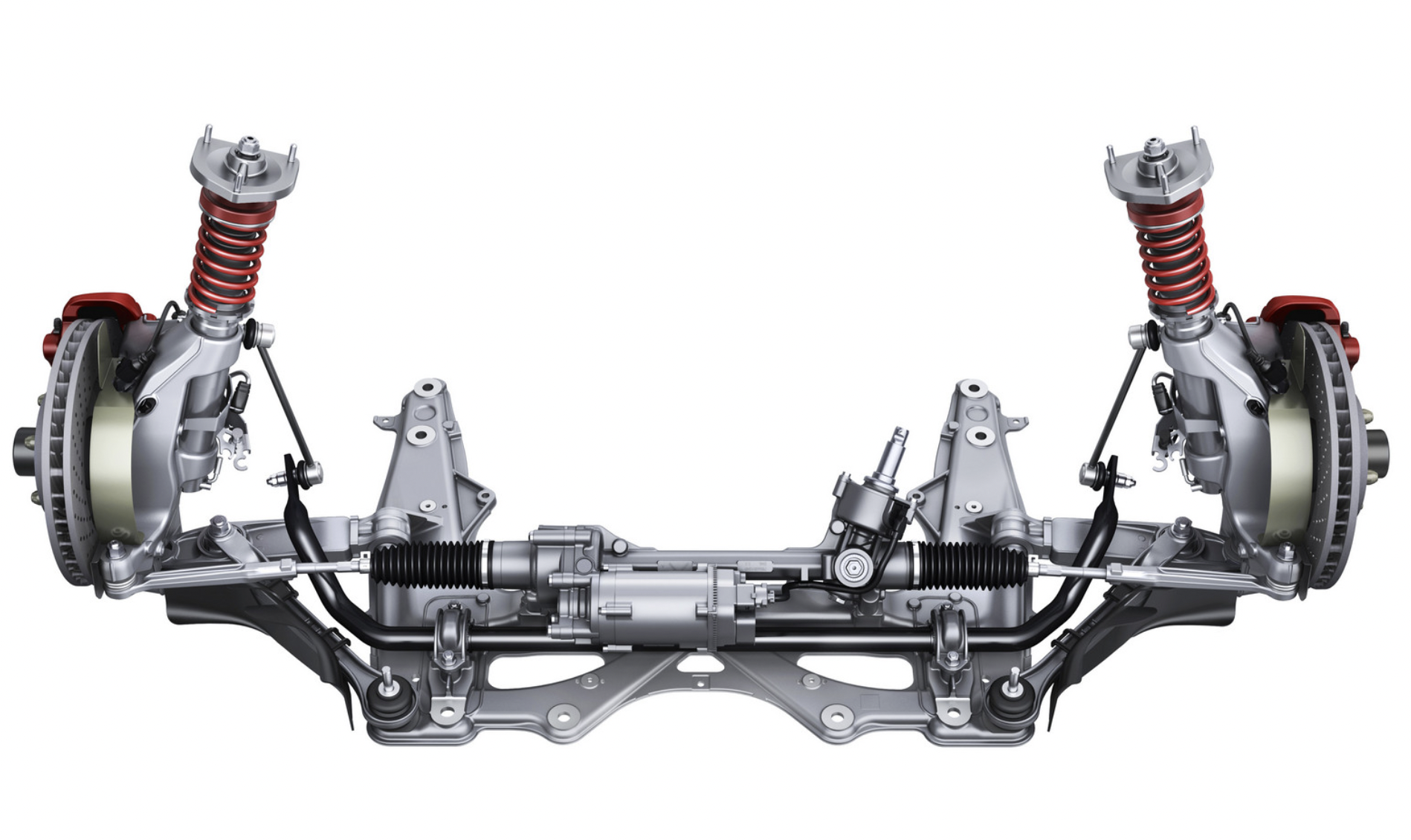
To this direct question that hits the nail on the head, Mr. Steiner answered calmly and even slightly proudly.
This has been our formula for 50 years, but we are always exploring new possibilities.
Yes, this is an open-ended answer and some people might think it is an official statement. At the time, I also gave a very perfunctory response.### Well, that’s a proactive and forward-looking answer that I really like…
But from then on, I lost interest in hearing other people’s questions. As an engineer myself, with a background in mechanical engineering but working on projects that are several levels above, the answer from this top-level engineer made me ponder and even made me feel that I had been shallow and hasty before. The message conveyed to me in this sentence is not only about product strategy, but also emphasizes the rich engineering culture of Porsche. In my understanding, it means that
There is never an optimal solution in the world, but there is always a better one.
It is not to say that being rigid is wrong, but finding a more reasonable solution to solve practical problems after identifying the goal is the better solution. So at this moment, I can’t seem to criticize the McPherson suspension anymore, as it does have its own value and is quite reasonable on the 911. Due to the clever product definition of the 911, the weakness of McPherson mentioned above is essentially diluted.
-
The rear-mounted horizontally opposed engine brings a rearward and extremely low center of gravity, which helps reduce the burden of the McPherson front suspension.
-
As a sports car, the 911’s suspension travels are not long, and the geometric disadvantage of the McPherson suspension is reduced.
-
McPherson takes up less space in the vehicle, which is beneficial to increasing the front trunk space and maintaining the classic body lines.
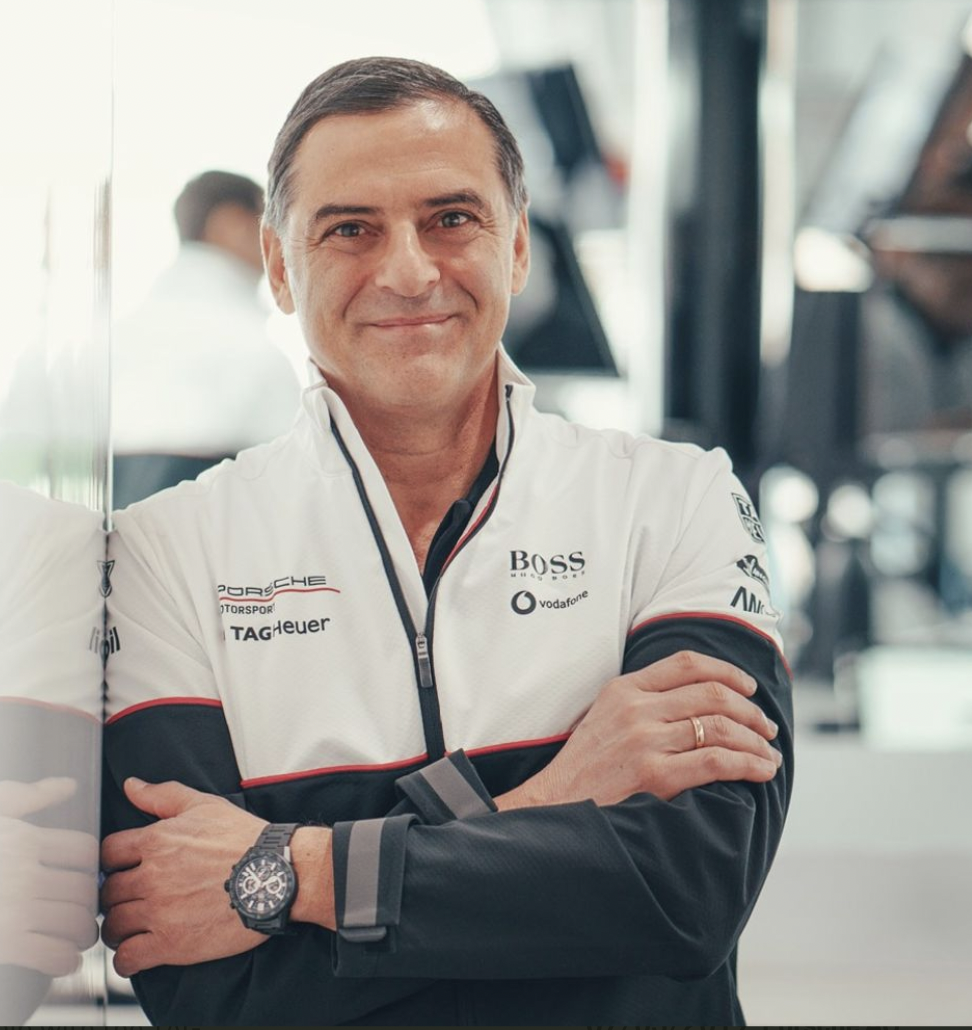
Although my hidden motive of “representing the majority of car enthusiasts to push for the realization of double wishbone suspension on low-end Porsche sports cars” did not achieve a milestone victory, I am still deeply gratified. Because, when Dr. Stefan answered other media’s more timely questions (you can probably guess what they were), he once again emphasized the core of Porsche’s products.
On Porsche, the driver is always the protagonist, and this will not change. Whether it’s autonomous driving or electrification, it’s just an assist to the driver.
🔗Source: Dr. Stefan’s group interview.
This article is a translation by ChatGPT of a Chinese report from 42HOW. If you have any questions about it, please email bd@42how.com.
